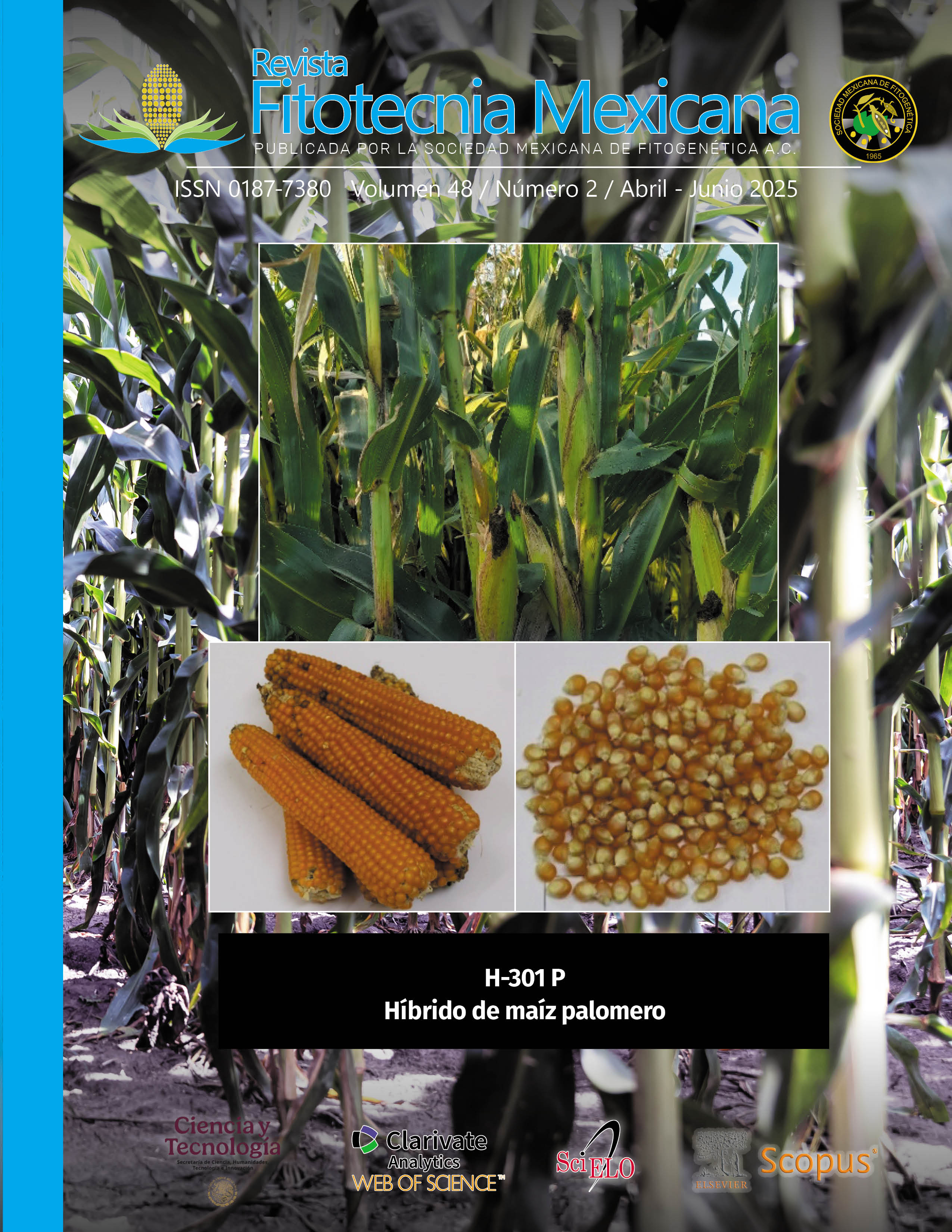WATER FOOTPRINT AND CARBON FOOTPRINT OF SPINACH CULTIVATION IN HYDROPONIC SYSTEMS
Main Article Content
Abstract
Traditional food production generates environmental impacts such as water footprint (WF) and carbon footprint (CF). The objective of this study was to evaluate the WF and CF of spinach (Spinacia oleracea L.) grown in hydroponic systems of nutrient film technique (NFT) and deep water culture (DWC) under greenhouse conditions. The methodology consisted of germination of the crop outdoors, transplantation was performed in the NFT and DWC hydroponic systems. The average fresh weight was analyzed with the Student’s t-test to detect differences between treatments. Finally, the direct (blue WF), indirect (electrical and material energy), and CF were calculated, based on the life cycle analysis of the functional unit of 1 kg of spinach. According to the statistical test, there was no difference between treatments (p = 0.138). The NFT system had a WF of 1714.18 L kg-1, a CF of 198.94 kg CO2 eq kg-1, and an average yield of 1.79 kg m-2; the DWC system had a WF of 222.22 L kg-1, a CF of 273.15 kg CO2 eq kg-1, and a yield of 2.24 kg m-2. The DWC system proved to be the best alternative in terms of L m-2, although the CF was lower in NFT according to the environmental indicators evaluated.

